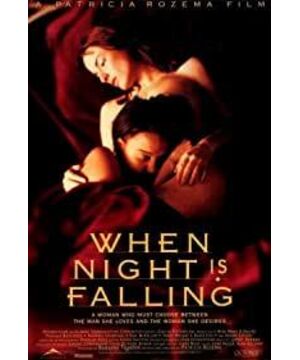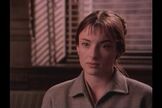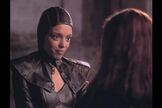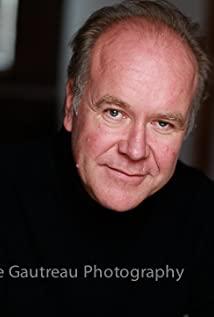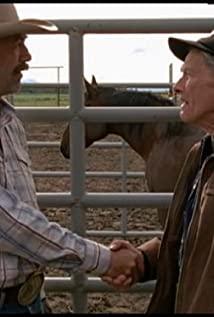The reviews scouring the web felt completely mistuned, and the notion that borrowing narrative structures from mainstream movies just subverted gender roles was especially ludicrous. Because the theme of this film is not in the narrative at all, its plot is deliberately weakened by the metaphor, which is characterized by the use of binary opposition symbols, so I personally think that it is a way to interpret it with structural mythology.
The protagonist Camille (Camille, Patra Patra said it sounds like come here) is a professor of mythology himself, in the seminary (again a group of opposites). The name of the movie comes from Bergman's film "Fanny and Alexander": when night falls, all the evil spirits are all around. . . . . . (That's the benefit of having the internet, churn.) The movie opens with death, which in myths and rituals is always associated with change and rebirth. The puppy died. Camille couldn't accept that he put it in the refrigerator. The inexplicable death caused the chaos of reason. From then on, it broke through the appearance of barely maintaining calm. And flying, stability and wandering, all kinds of contradictions pour out. In the end Camille drank strong kirsch and poured it into the snow where the puppy was buried, as he chose between Martin and Patrice and the polarities they represented. To be reborn, you must first enter the brink of death. At the end, Camille saw that the night was split in two, and light was shining from it, and she woke up in the warmth of Patrice's body. Funny thing, the puppy also got out of the snow during the ending song.
The thread that runs through the film is Camille's question (becoming a mythology professor entails rigorous rational training, which I resonate with): Where is my body? Where is it, if not between the neat and neat window-like furniture, not behind the masculine vest and scarf, not under Martin's body and desire? For anyone who finds their body in one of these places, there will be no such story.
Lévi-Strauss believes that the symbolic binary opposition in myth is the unconscious mechanism by which humans resolve the unexplainable contradictions at the level of consciousness and experience. Myths by themselves cannot resolve contradictions (nothing can eliminate them, and dialectics exaggerates them). Mythology uses one party to another party (such as those stories of people becoming gods/deified people) to express that opposing parties can coexist rather than one prevailing over the other. It is a pity that the answer chosen by the film is one-sided (I will make up one myself if I have time) but aside from the ending, the film uses stage-like scenes/character costumes/dances/props, uses form instead of content, uses metaphors instead of plot, Bring the audience a kind of beauty that does not need to think and simply use the senses to experience and comprehend.
View more about When Night Is Falling reviews


